Silicon Valley Bank Collapsed… Don’t Panic
Silicon Valley Bank (SVB), a leading lender to start-ups and tech-centric companies and the 16th largest bank in the U.S., collapsed in 48hrs. This is the second-largest bank failure in U.S. history.
How did SVB get here?
Over the last several years, SVB has received an influx of cash deposits from start-ups and venture capital companies. As is common practice among all banks, they kept a small amount of deposits in cash and invested the rest into low-risk positions, like U.S. Treasuries. Unfortunately, the majority of SVB’s tech clients were not raising enough capital and began relying on their cash reserves for payroll expenses. SVB ended up selling those U.S. Treasuries (appx. $21 billion) at a major loss to be able to fulfill withdrawals. When that news circulated (Twitter buzz), panic set in and clients of SVB mass withdrew their money and those actions tanked SVB’s stock price. Out of cash, without an ability to raise more money, SVB collapsed in 48 hours.
How is this crisis being resolved?
As of today, customers of SVB will be able to access their deposits in full. Swift and decisive measures by the Fed will ensure that financial institutions are held to higher standards and that consumer confidence in the banking system is maintained. Until there is a buyer, Federal Regulators will maintain control of SVB.
While this twitter fueled bank run caused panic, the truth is, SVB was unprepared for the Federal Reserve aggressively pushing up interest rates. The nation’s banking system remains stable. The failures of Silicon Valley Bank, appear chiefly a result of financial issues specific to the bank — not systemic issues with America's banks.

